Waterproof Quilted Fabric: Affordable Protection for Years to Come
Our waterproof quilted fabric offers long-lasting protection at a budget-friendly price. We have a variety of colors and styles to choose from, so you can find the perfect fit for any application. Invest in quality protection that lasts – shop our waterproof quilted fabric now!
customize your desired waterproof quilting fabric
Base Fabric
- Material: Choose between natural fibers (cotton) or synthetic fibers (nylon, polyester). Cotton is breathable and absorbent, but may not be as durable or water resistant. Synthetic fibers are typically more water resistant, durable, and easier to find in waterproof varieties.
- Weight: Consider the weight or thickness of the fabric. Thicker fabrics provide more structure and insulation, but can be bulkier and more difficult to sew. Lighter fabrics are easier to work with and drape better, but may not be suitable for projects that require stiffness.
Breathability
- Level: Especially important if you are quilting a project that will be used in warm weather or where breathability is desired. Look for fabrics with a PU coating or a breathable weave, which will allow some air to circulate through the fabric.
- Impact on Waterproofing: Increased breathability may come at the expense of some water resistance. Consider the intended use of your quilted project to determine the right balance between breathability and waterproofing.
Waterproof Coating
- Type: There are two main types of waterproof coatings: polyurethane (PU) and polyvinyl chloride (PVC). PU coatings are typically more flexible and breathable, while PVC coatings are more durable and waterproof.
- Application: Consider how the waterproof coating is applied. Some fabrics have a laminated coating, which is a separate layer bonded to the base fabric. Other fabrics have a topical coating, which is sprayed or painted onto the base fabric. Laminated fabrics are generally more durable and waterproof, while topical coatings can be more breathable.
Quilting Considerations
- Needle Choice: Waterproof coatings can dull sewing machine needles more quickly. Choose a sharp needle designed for synthetic fabrics or leather.
- Sewing Machine Settings: You may need to adjust your sewing machine settings, such as stitch length and tension, to sew through waterproof fabric. It is always recommended to test a scrap of fabric first.
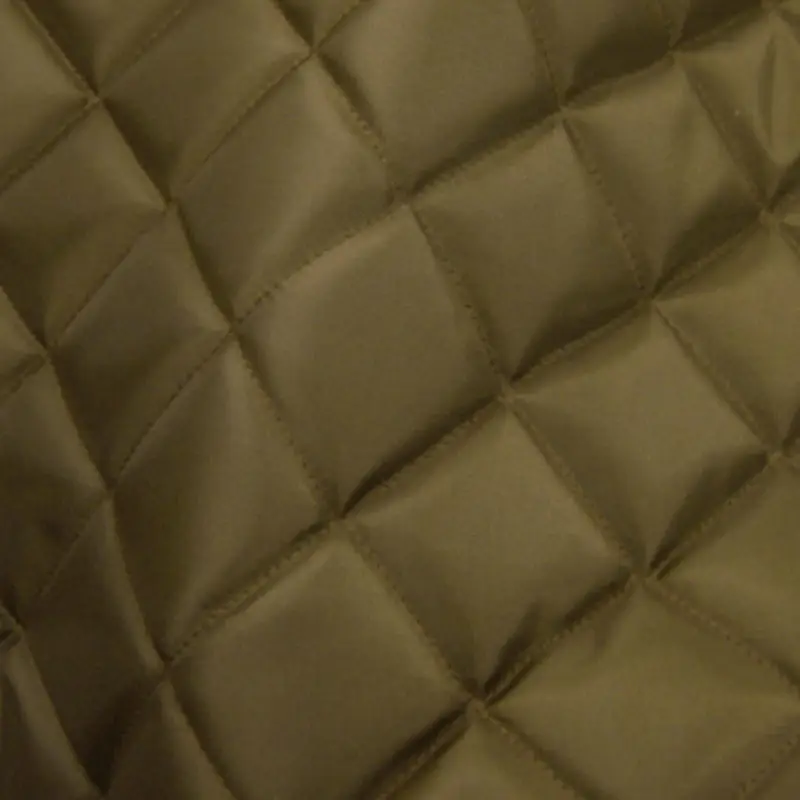
waterproof quilting fabric
Don’t let spills or weather ruin your quilting fun! We offer a fantastic selection of waterproof quilting fabric. Create beautiful, worry-free quilts for picnics, outdoor adventures, or even pet snuggles. Contact us get to get our wide variety of colors and patterns to find the perfect match for your project. Chat now and bring waterproof comfort to your next masterpiece!
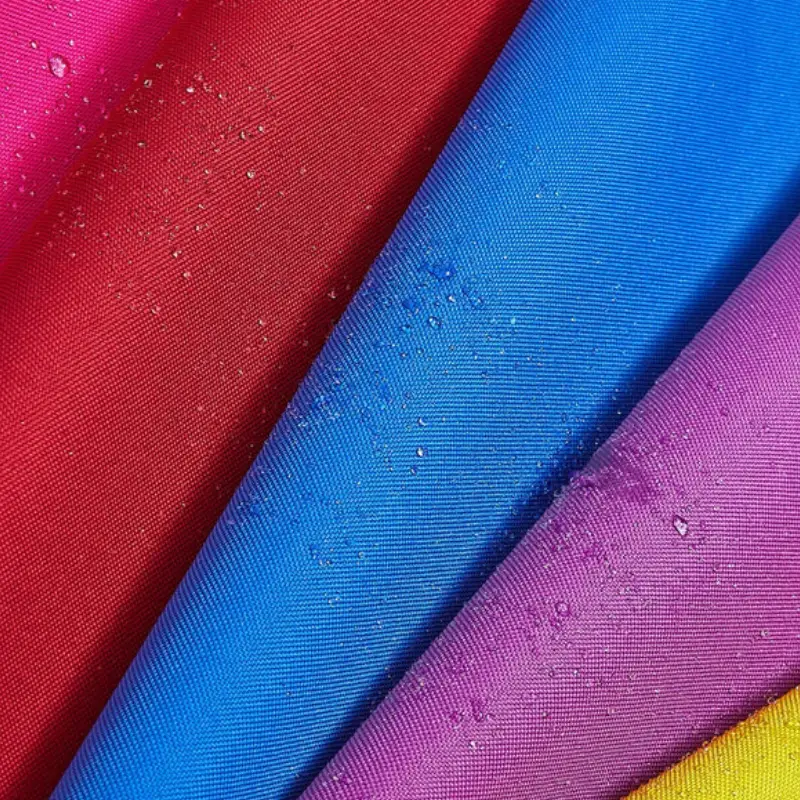
waterproof Nylon quilting fabric
Craft worry-free with our waterproof nylon quilting fabric! This durable material repels spills and splashes, making it perfect for outdoor projects, pet beds, or even kids’ quilts. We offer a variety of vibrant colors to match your style. Shop now and bring your waterproof quilting dreams to life!
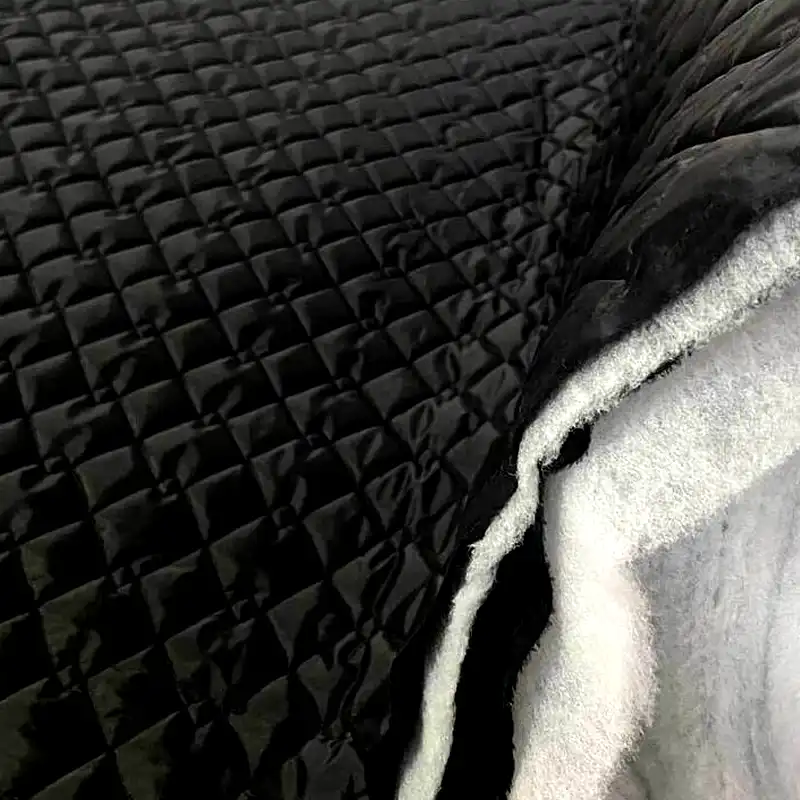
waterproof Double-sided quilting fabric
Ditch the worries about spills and splashes! Our double-sided waterproof quilting fabric offers twice the protection for outdoor projects. It’s perfect for picnic blankets, pet beds, or even stylish raincoats! We have a variety of colors and patterns to choose from. Don’t wait – shop now and create something beautiful and functional that lasts!
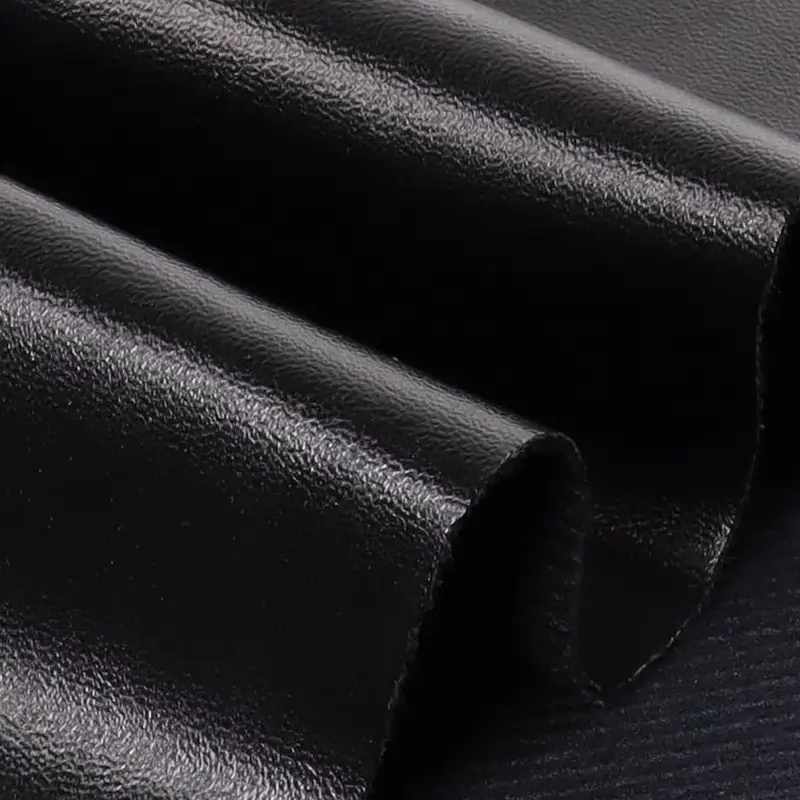
waterproof marine vinyl quilting fabric
Get worry-free with our premium waterproof Marine Vinyl quilting fabric! This ultra-durable material repels spills and splashes, making it perfect for outdoor projects, pet beds, or even wipeable tablecloths. We offer a variety of colors and styles to match your vision, all at prices that won’t break the bank. Don’t let the elements stop your creativity – shop now and sew with confidence!
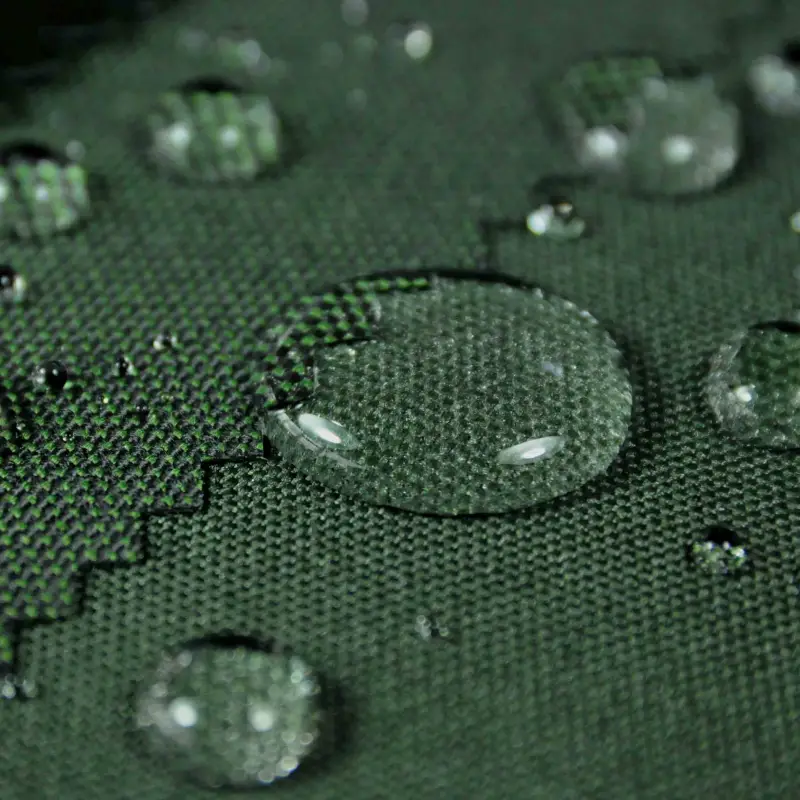
water repellent quilting fabric
Don’t let spills or splashes hold you back! Our water-repellent quilting fabric keeps your projects protected without sacrificing style. Choose from a variety of vibrant colors and patterns to create beautiful, worry-free quilts, table runners, and more. Shop now and bring your creative vision to life, all while keeping things dry!
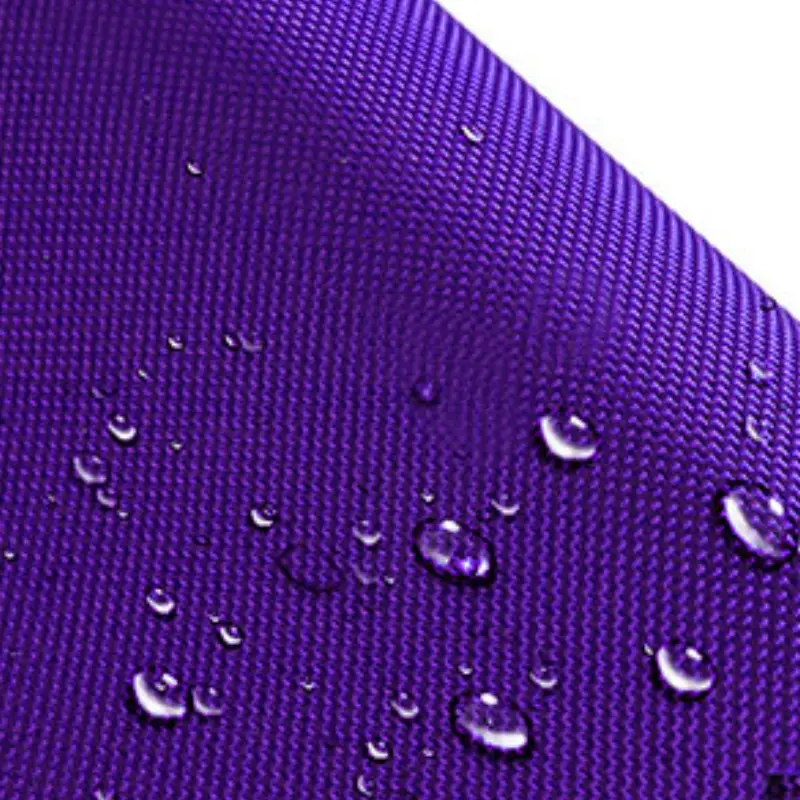
waterproof quilted fabric by the yard
Our waterproof quilted fabric by the yard is perfect for outdoor projects, pet beds, or anything that needs a little extra protection. Choose from a variety of colors and designs. Order yours today and keep your creations dry – all at a price that won’t dampen your spirits!
Waterproof quilting fabric FAQs
what is waterproof quilting fabric?
Waterproof quilted fabric combines the cozy, layered look of quilting with a water-repellent or waterproof finish. Here’s a breakdown of its key features:
Materials:
Top Layer: Typically made from cotton or synthetic fabrics like polyester or nylon. This layer provides the decorative element, often featuring a quilted pattern.
Batting: The middle layer of a quilt, usually made from cotton or polyester batting. In waterproof quilted fabric, this layer might be treated with water-repellent chemicals or replaced with a waterproof material.
Backing: The bottom layer, which is where the waterproofing comes in. This can be made from:
- Laminated fabrics: These have a plastic or polyurethane (PU) coating applied to the back of the fabric, making them water-repellent or waterproof.
- PU fabric (Polyurethane): A waterproof synthetic fabric that can be used on its own or laminated to another fabric for added body.
What are benefits of waterproof quilting Fabric?
Waterproof quilted fabric offers several benefits that make it a versatile and practical material for a variety of projects:
Protection from Liquids:
- Water Repellent or Waterproof: The key feature, waterproof quilting fabric shields the inside of the quilt from spills, splashes, and even rain. This makes it ideal for outdoor projects like picnic blankets, tablecloths, or chair pads where unexpected spills or wet weather might occur.
- Protection for Contents: For items that need to keep their contents dry, like bibs, changing pads, or mattress covers, waterproof quilted fabric provides a layer of defense against leaks and messes.
Durability and Structure:
- Enhanced Strength: Quilting adds structure to the fabric, making it more resistant to tears, rips, and general wear and tear. This is especially important for items that will see frequent use or be subjected to some stress.
Comfort and Warmth:
- Insulation: The batting layer acts as an insulator, trapping heat and creating a comfortable layer. This makes waterproof quilted fabric a good choice for projects like pet beds or picnic blankets where warmth might be desired.
Aesthetics and Versatility:
- Visually Appealing: The quilted pattern and the wide variety of colors and prints available add a decorative touch to your projects. This allows you to create something functional that also looks great.
- Multiple Uses: With its combination of water resistance, durability, and aesthetics, waterproof quilted fabric lends itself to a wide range of applications, from outdoor gear to household items.
What fabric is most water resistant?
While there isn’t a single most water resistant fabric because it depends on construction techniques and treatments, here are some options known for their high water resistance:
- Treated Polyester or Nylon: These synthetic fabrics are naturally water-resistant, but a Durable Water Repellent (DWR) coating significantly enhances their ability to repel water. However, this treatment needs to be reapplied periodically to maintain effectiveness.
- Gore-Tex: A popular brand of laminate fabric, Gore-Tex uses a polytetrafluoroethylene (PTFE) membrane that creates a barrier against water while still allowing the fabric to breathe. This makes it ideal for outdoor gear like raincoats and hiking boots.
- PU (Polyurethane) Coated Fabrics: PU coating applied to fabrics creates a waterproof barrier. The thickness and type of PU coating determine water resistance. PU itself can also be a waterproof fabric, especially when used in thicker layers.
- Waxed Canvas: Traditionally made from cotton canvas treated with wax, waxed canvas offers good water resistance. However, reapplied wax is needed to maintain effectiveness over time.
Other factors to consider for water resistance:
- Weave tightness: Tightly woven fabrics naturally resist water penetration better than loosely woven ones.
- Seams and Finishing: Even a water-resistant fabric can be compromised by poorly sealed seams or holes. Look for fabrics with sealed seams and proper finishing for optimal water resistance.
Is polyester more waterproof than cotton?
Yes, polyester is generally more water resistant than cotton. Here’s why:
- Fiber Properties: Polyester fibers are non-absorbent, meaning they don’t readily absorb water like cotton fibers. Cotton has a hollow core that acts like a sponge, soaking up moisture.
- Weave: Tightly woven polyester fabrics can create a physical barrier to water droplets, further enhancing water resistance.
However, there are some nuances to consider:
- Treatments: Cotton can be treated with water-repellent finishes to improve its water resistance. However, these treatments are not always permanent and need to be reapplied.
- Degree of Water Resistance: Not all polyester fabrics are created equal. Some very thin or loosely woven polyesters might not be significantly more water resistant than cotton.
While polyester has a natural edge in water resistance, treatments can make cotton competitive. The best choice for your project depends on the desired level of water resistance and other factors like breathability and intended use.
Please feel free to contact us now if you are interested in our quilting fabrics~
